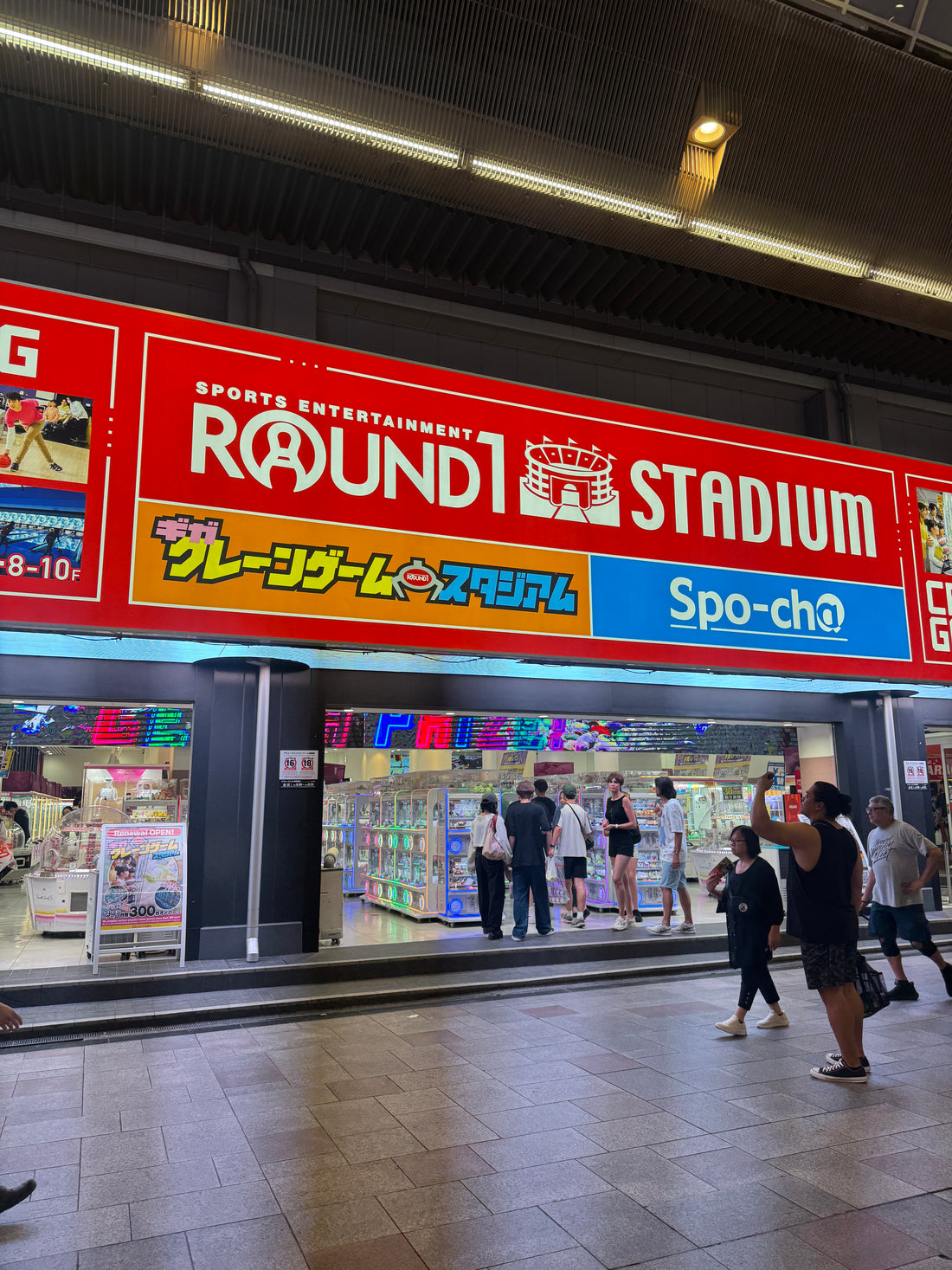General tips/important information
A few tips of important info I think is helpful to making your trip to Japan seamless.
Transit Card (Suica) - will be your MVP asset in Japan. On the “wallet” app on your iPhone click the plus + icon top right, then Transit Card, then Sucia. Top it up with about 2,000-3,000 Japanese Yen using your Apple Pay.
desu - I am <name>
48 HOURS IN OSAKA
For a jam packed 48 hours in Osaka, here are my recommendations
As you’ll see it’s heavy on the shopping (my greatest weakness). If you love vintage shopping Osaka IMO has some of the best in Japan.
WHERE TO STAY

Hotel Dotonbori
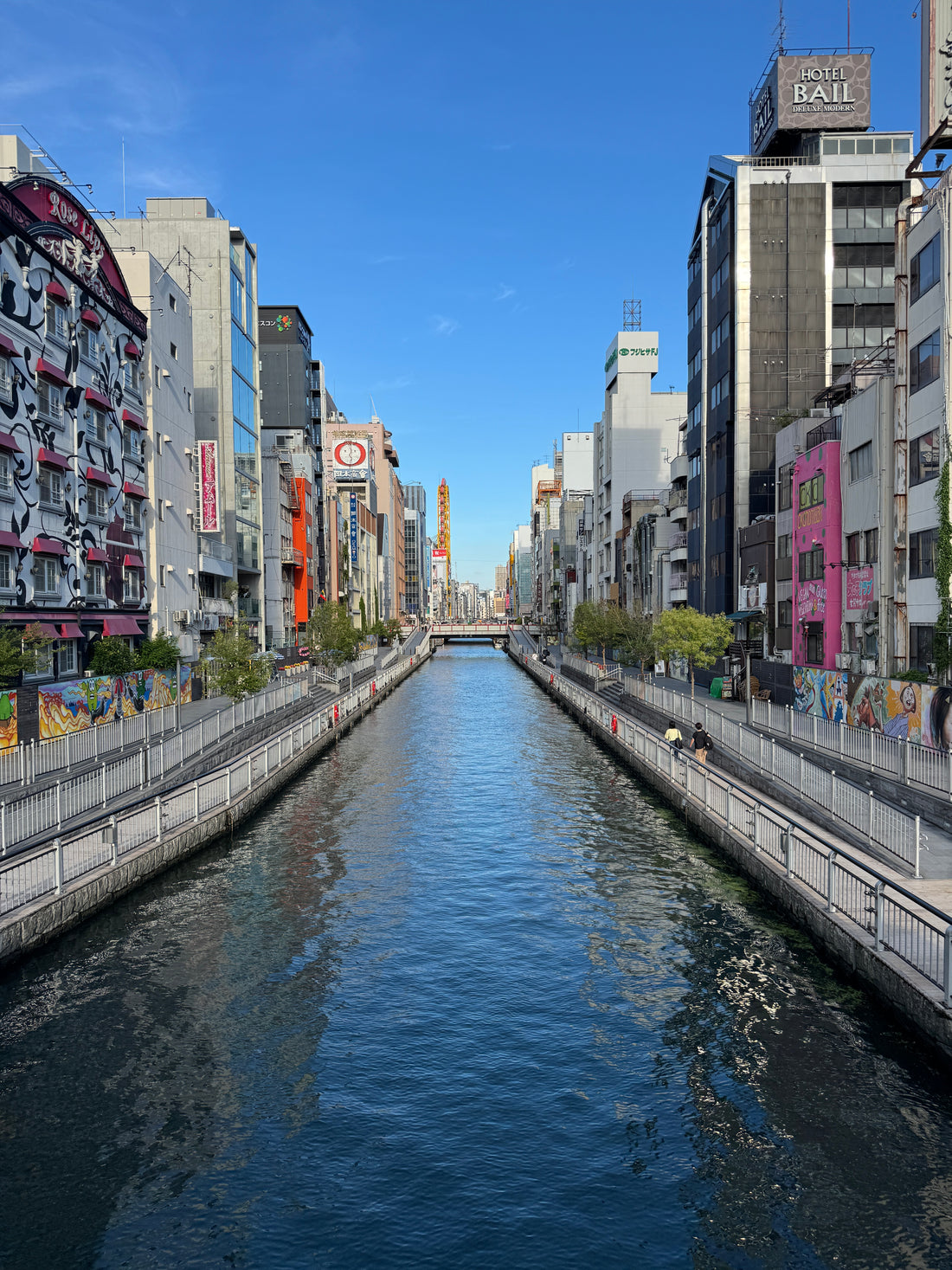
Dotonbori
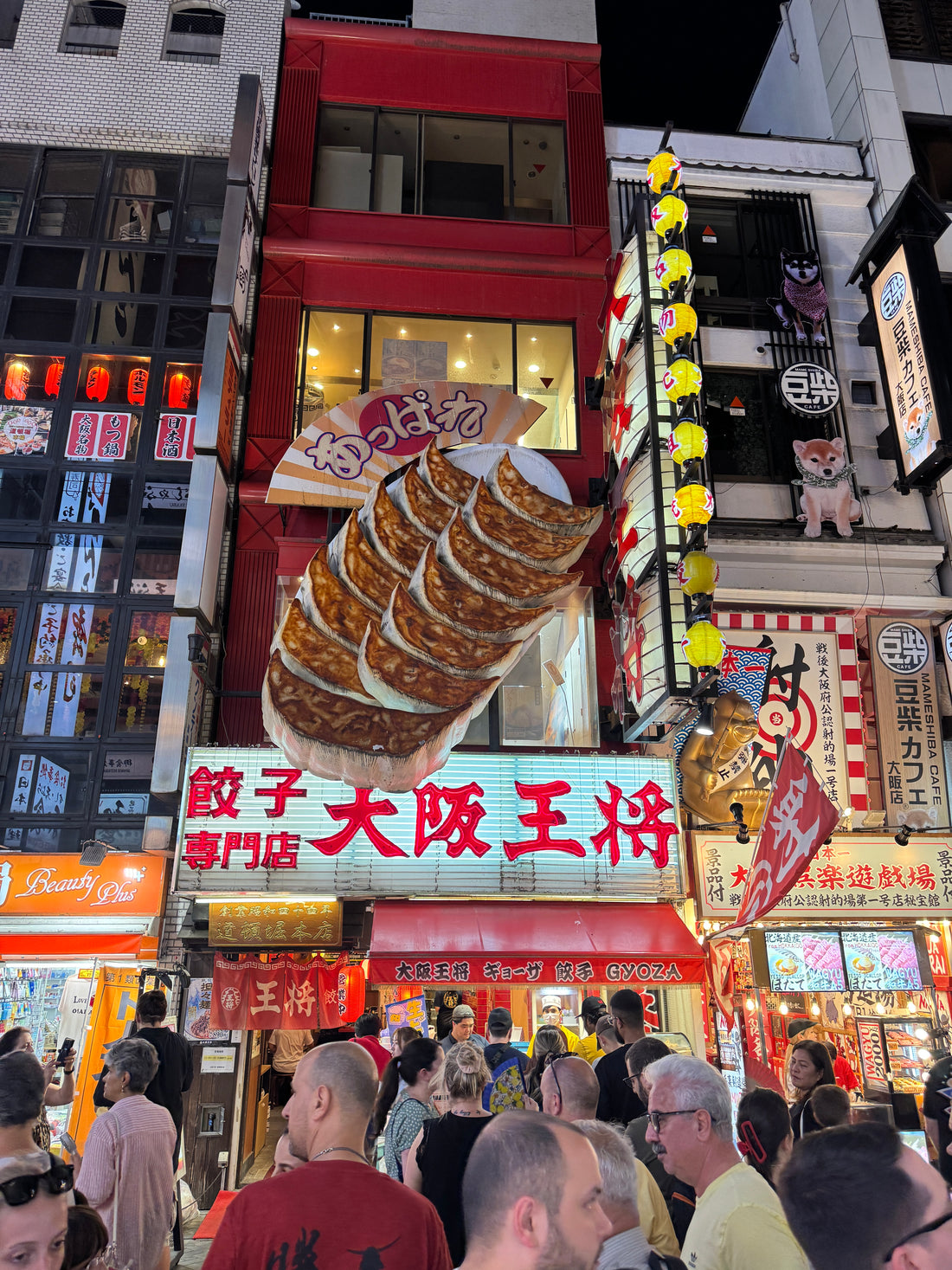
Dotonbori
Hotel Dotonbori
Clean and compact rooms in the heart of the famous Dotonbori district of Osaka. Part of the charm and reason I stayed here (asides from the affordable price) was the allure of the unusual statues at the entrance which are of giant men’s faces facing the street and their massive naked butts shining into the foyer of the hotel.
Location: Dotonbori
Price guide: $
EATING/DRINKING
Kobe Beef Steak Ken (Teppanyaki)
Short walk away from the hectic (and touristy) bustle of Dotonbori and up a flight of stairs, look out for the shogun warrior armor out the front. Delicious kobe beef teppanyaki.
Wad
For tea, flavored shaved ice and grilled mochi cakes.
OSA Coffee Minami
For coffee and their famous pudding.
Denchu
Technically could put Denchu in the Shopping section as well, not only do they sell a variety of beautiful Japanese made artisanal gifts, fashion and accessories but you can also grab a natural wine or a cup of coffee.
Bar Inc
Sister cocktail bar / speakeasy to Inc in Shibuya, Tokyo. Elite cocktails and even better DJs. Check their instagram to see who’s playing.
IG: @bar_inc_osaka
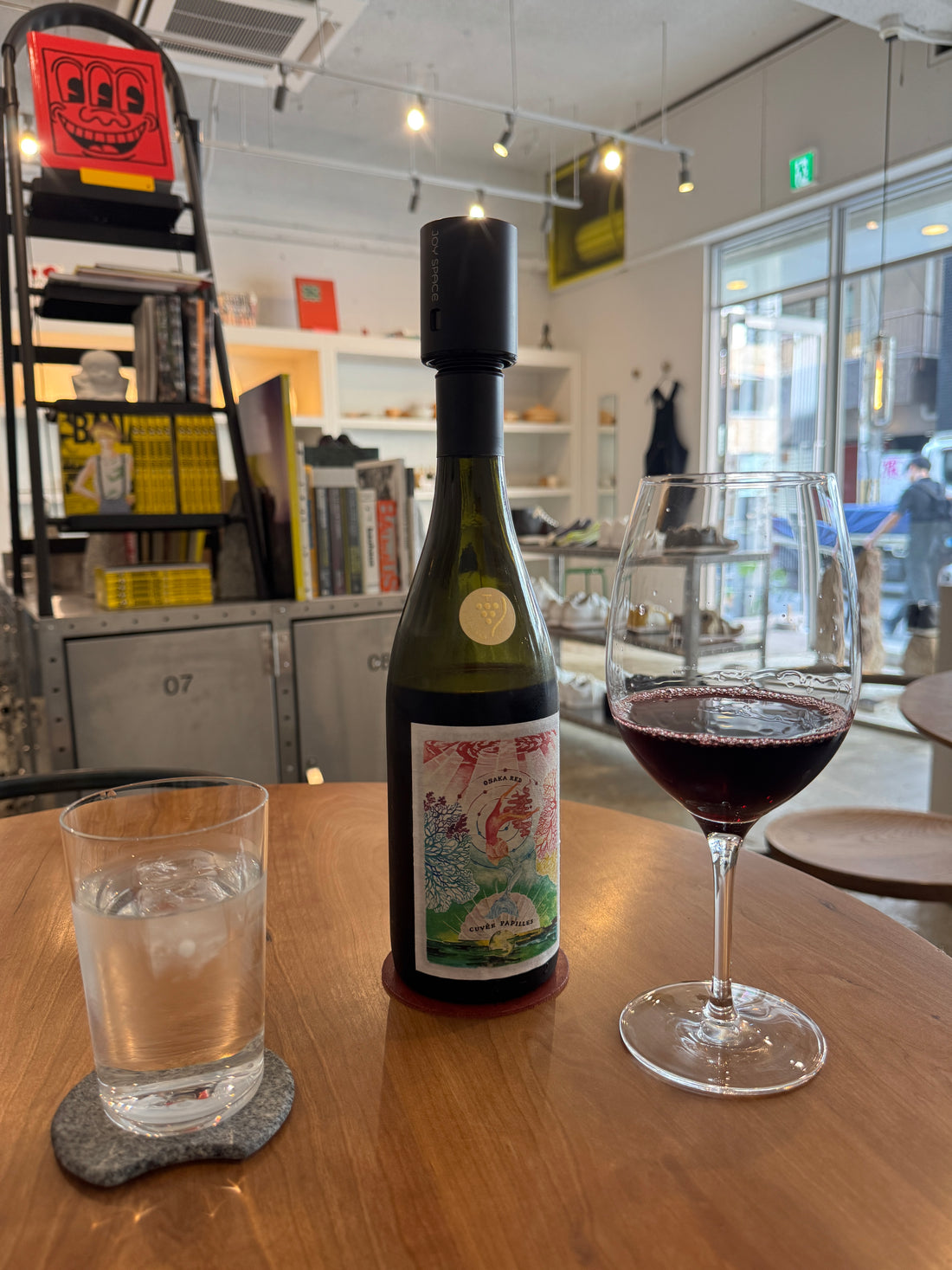
Denchu
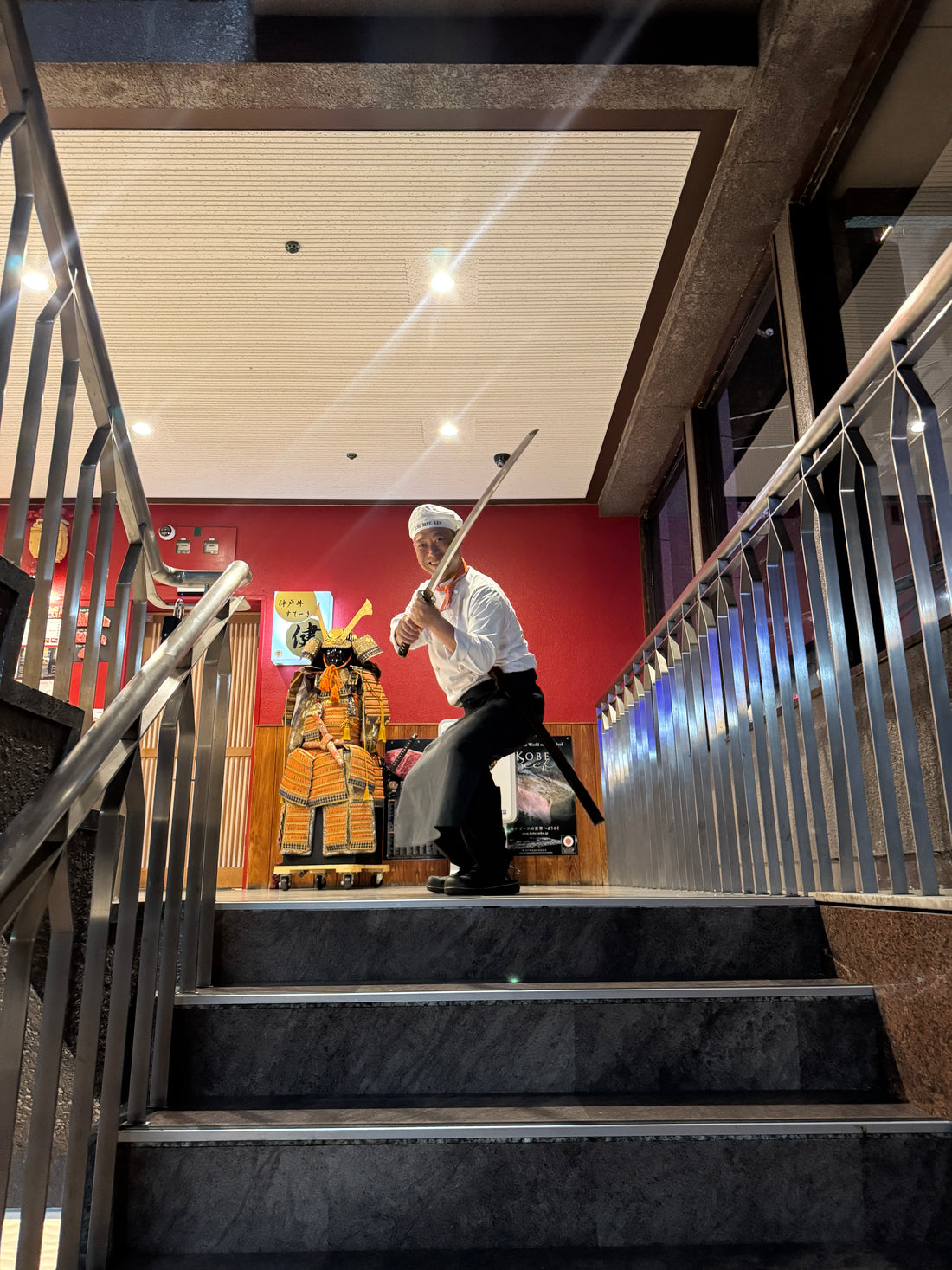
Kobe Beef Steak Ken

Kobe Beef Steak Ken
SHOPPING
B.B American Village Freemarket B.B
Jampacked vintage Americana meets Japanese Showa era souvenir and objects. Lots of gorgeous vintage toys, figurines, accessories (such as retro watches) and homewares.
Why Are You Here?
High end multi brand store stocking Jil Sander, Rick Owens, Dries Van Noten, Maison Margiela, Simone Rocha, The Row and Marine Serre to name a few.
Comme Des Garcons
Few doors up from Why Are You Here? Multi level CDG store stocking their various lines and collaborative partnerships.
Lara Vintage
Exquisite turn of the century vintage pieces which have been locally restored or upcycled into more modern versions. Beautiful friendly staff, a must visit.
Hedy Vintage
Small but curated edit of second hand luxury garments and accessories.
Pug
Another cool upcycled vintage store, also have another outpost in Shimokitazawa in Tokyo.
Orange Street
Big name street brands such as Supreme and Carhartt as well as directional local stores such as:
Not Conventional / Reanimation Store
Not Conventional is the ground level - a cool local Osaka brand with Comme style black clothing in various silhouettes. Upstairs is their vintage and upcycled vintage store called Reanimation, really interesting pieces here. I picked up an upcycled vintage windbreaker jacket which was about 5 or 6 jackets all sewn together into this fabulous hybrid piece.
Parco Department Store
Famous Japanese department store chain which contains stand alone outposts for directional brands such as Sacai, Maison Margiela and Porter Exchange. Don’t miss United Arrows and Land of Tomorrow - two Japanese multi brand boutiques inside which always have stunning edits in the way of fashion & lifestyle products.
The Last Store
By the team behind one of my favourite stores in Tokyo (Solakzade) this is their Osaka outpost. Vintage watches, jewellery and eyewear.
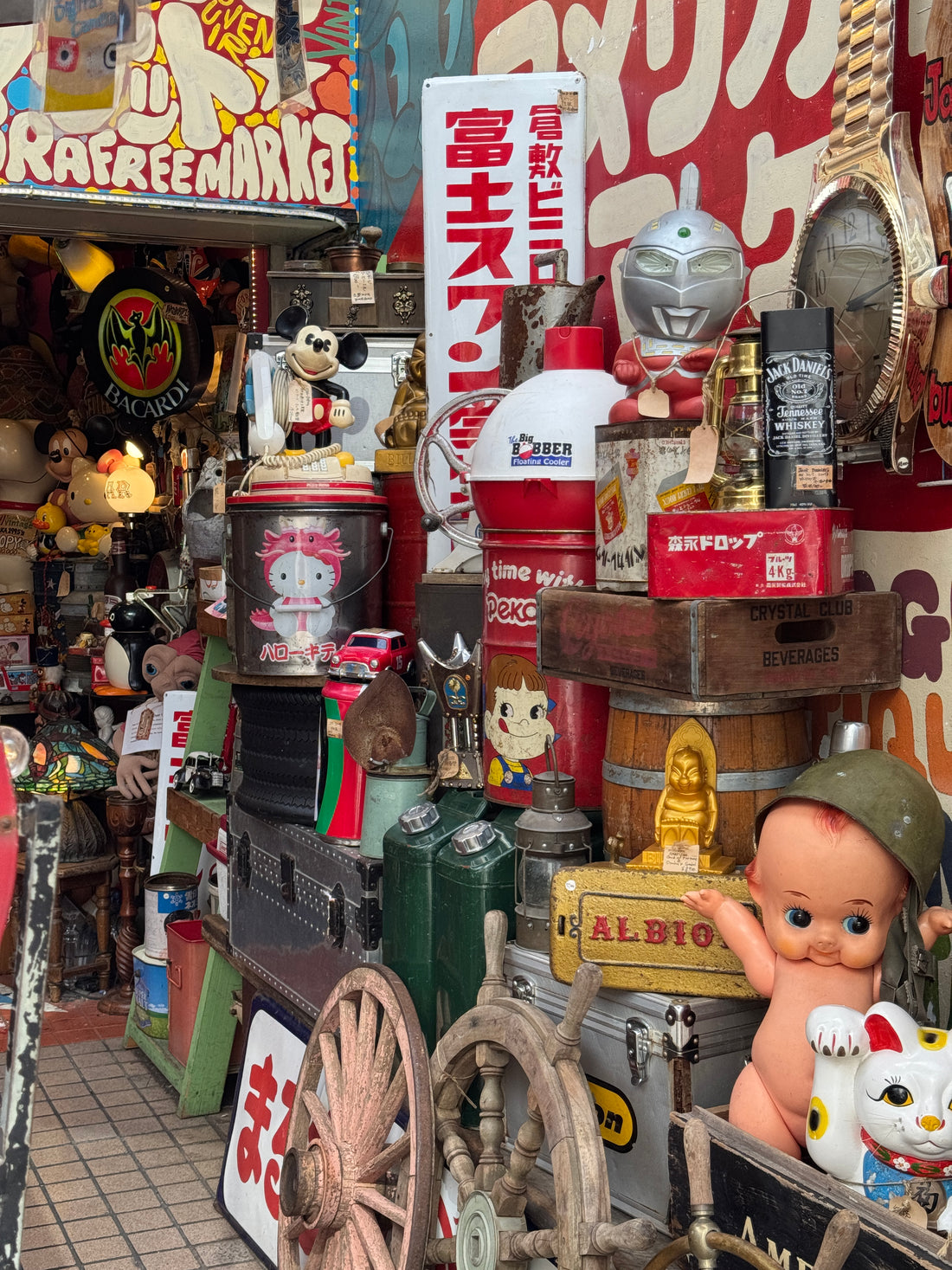
BB American Village Market
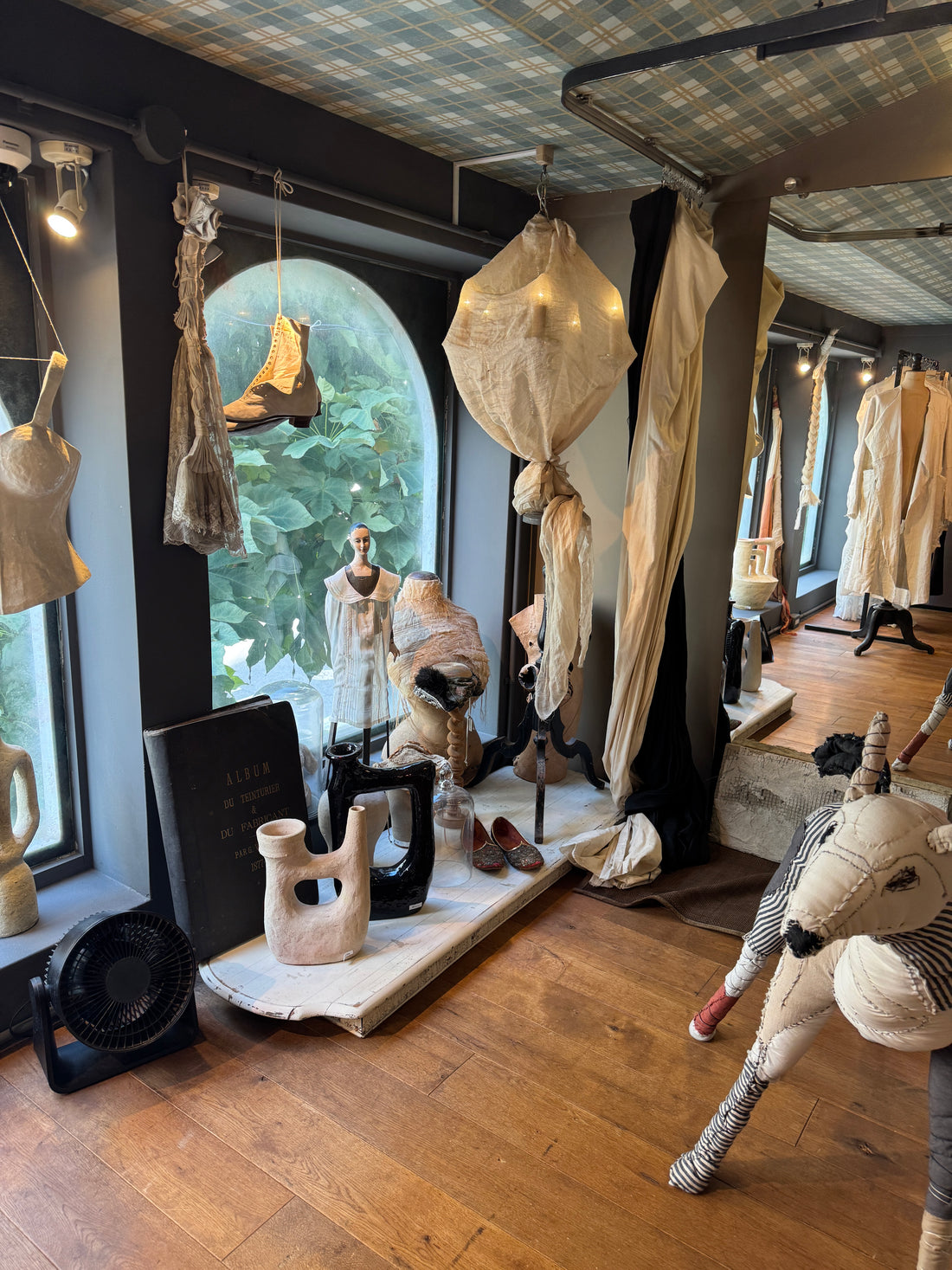
Lara Vintage

Why Are You Here?
ACTIVITIES
Tower of the Sun
Originally built for The World Expo in 1970 - the first Expo held in Asia - Tarō Okamoto’s Tower of the Sun still stands as a bold symbol of postwar optimism and avant-garde art. While most of the Expo’s structures were dismantled, thankfully this extraordinary monument was preserved and has since become an icon of Osaka.
After five decades, the tower’s interior has reopened following an extensive restoration. Inside a spiralling staircase traces the evolution of life from the earliest organisms at the base to humanity at the top rendered in Okamoto’s surrealist style.
Visits must be booked in advance via this site, with tickets available online (around ¥1,000 or $10 AUD / $7USD ; the process is slightly cumbersome but worthwhile). The tower is located in Expo ’70 Commemorative Park, about 40–60 minutes by train from central Osaka to Banpakukinenkoen Station.
Location: Senribanpakukoen
Round1 Stadium Sennichmae
Just off the main drag of Dotonbori you’ll find a 24 hour adult activities and gaming center over several levels where you can partake in archery, table tennis, rollerblading, golf, volleyball, ten pin bowling and arcade games.
Organic Building
For architecture nerds: drop by Gaetano Pesce’s Organic Building, completed in 1993 and so ahead of its time in the way of incorporating what we now call ‘green walls’ onto the exterior of a commercial building. After marvelling over the exterior pop into the entry foyer to stickybeak Pesce’s trademark multicoloured playful designs and furniture.
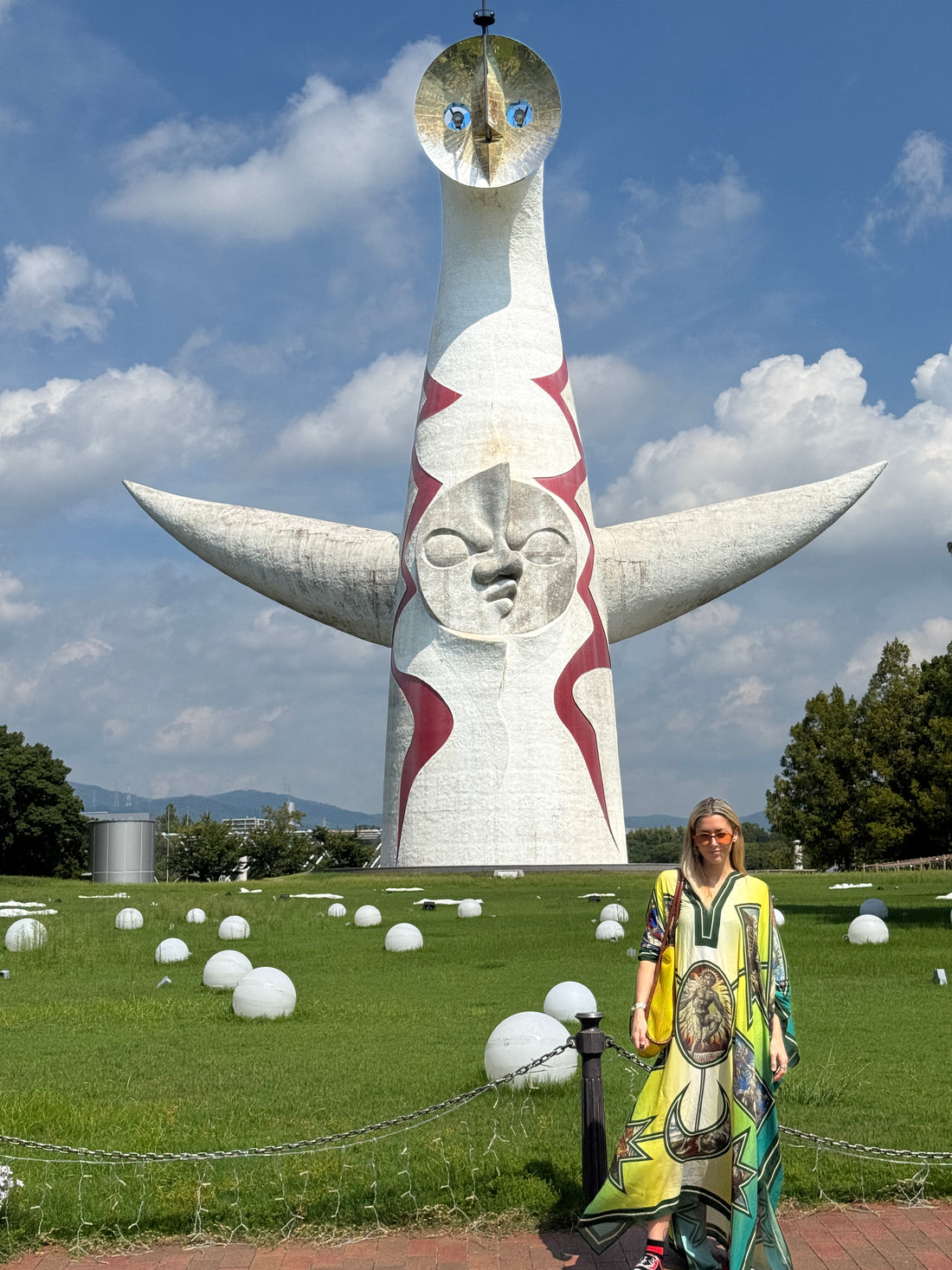
Tower of the Sun
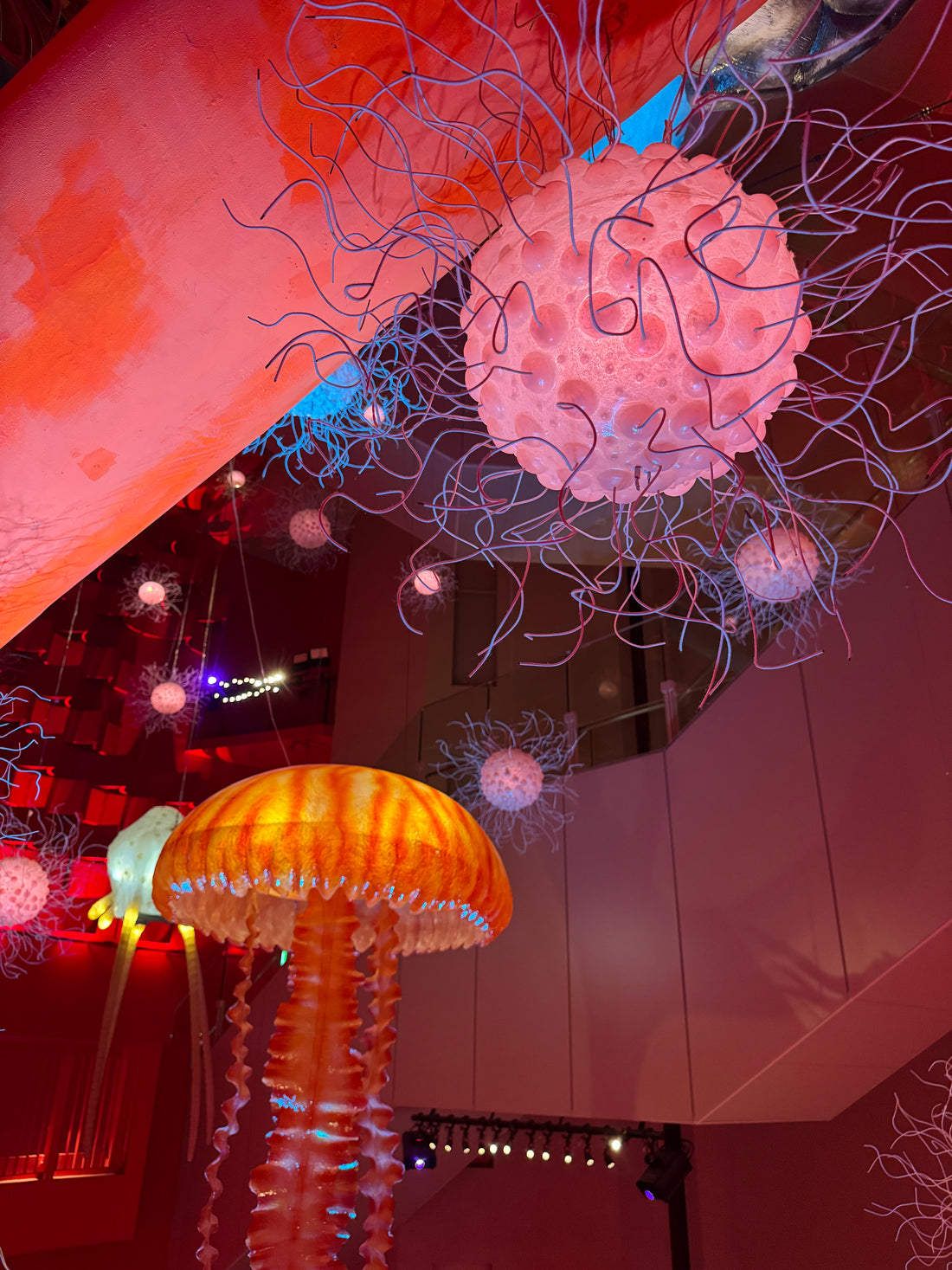
Inside Tower of the Sun
